12 Springtime Dangers That Could Make Your Dog Seriously ill
Elan Mansur
Springtime is everyone’s favourite season, but it also sees an increase in dog emergencies. Dogs are naturally inquisitive and tend to be scavengers, and so are more likely to find something or dig something up that may do more harm than good.
Here are 12 (out of so many) things that could make your dog seriously ill, and how to avoid them:
1. Leftover Easter Treats (Chocolate)
What’s the danger? Chocolate contains a stimulant called theobromine, a bit like caffeine, that’s poisonous to dogs. In sufficient quantities, theobromine can produce muscle tremors, seizures, an irregular heartbeat, internal bleeding, or even a heart-attack.
Prevention: Always keep Easter eggs out of reach and make sure your dog is under supervision when they’re being eaten.
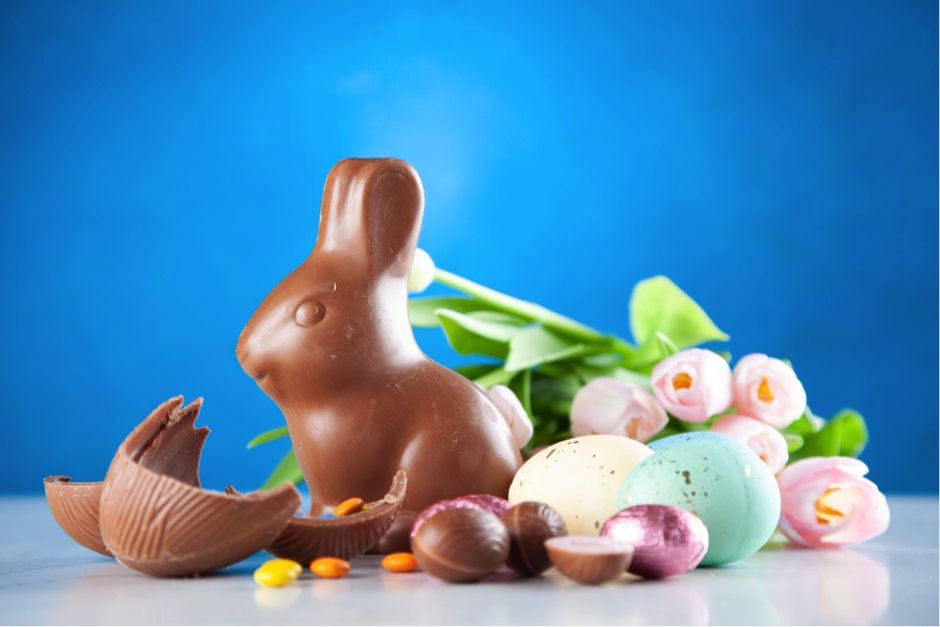
2. Wasps and Bees
What’s the danger? Most wasp and bee stings are not emergencies, but veterinary help may be needed if your dog is stung in the mouth or neck or is allergic.
Prevention: Use your common sense and keep your dog away from hives and nests.
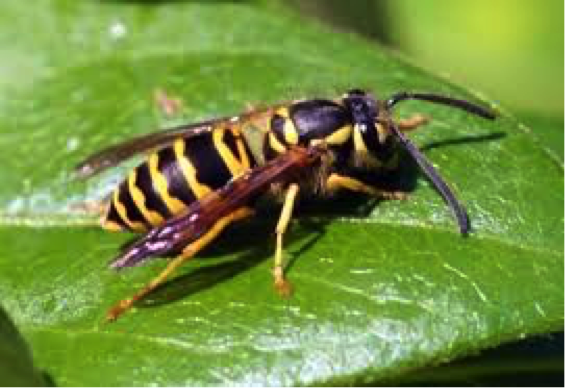
3. Daffodils
What’s the danger? The bulbs are particularly poisonous and, if eaten, can trigger severe vomiting and diarrhoea and possibly even death.
Prevention: Don’t plant daffodils in your garden and keep an eye on your dog during walks in areas they may have been planted.

4. Hot Cross Buns
What’s the danger? All grapes, raisins, currants and sultanas, as well as foods that contain them, are toxic to dogs. One of the most serious complications of grape/raisin toxicity is severe kidney damage, which could lead to sudden kidney failure with lack of urine production.
Prevention: Keep well out of reach and carefully dispose of leftovers.
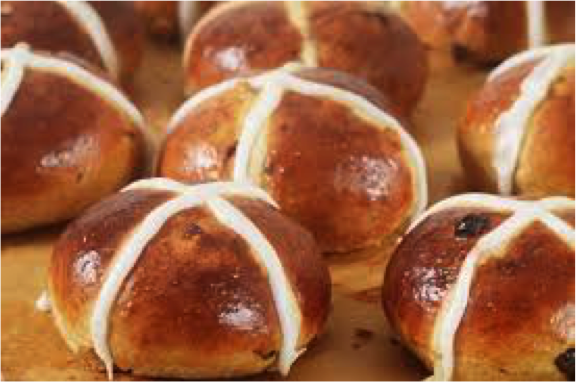
5. Tulips, Amaryllis and Hyacinth
What’s the danger? While not as toxic as daffodils, the bulbs of these flowers are dangerous if eaten in large quantities. They contain glycosides that can cause abdominal pain, cardiac arrhythmias, coma and other serious symptoms.
Prevention: Either don’t plant in your garden or prevent your dog from digging them up when on walks.

6. Spring Onions
What’s the danger? Spring onions, and all onions for that matter, can cause stomach irritation and lead to red blood cell damage and anaemia, depending on how much your dog consumes.
Prevention: All forms of onion can be a problem so make sure all leftovers are properly disposed of and out of your dog’s reach.
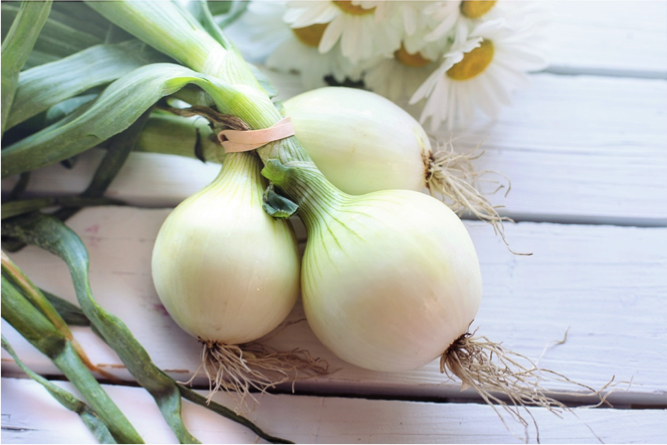
7. Fertilisers, Insecticides and Herbicides
What’s the danger? While off-the-shelf products are generally safe for pets, they can present dangers if brushed against or swallowed.
Prevention: Read the instructions carefully and don’t use if there’s a potential risk to your furry friend.
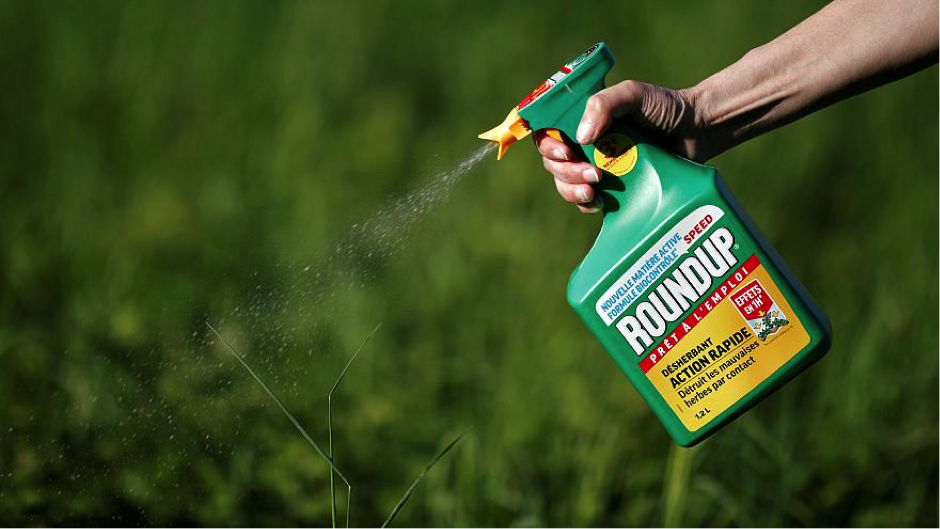
8. Buttercups
What’s the danger? A common sight in gardens during springtime, buttercups are mildly poisonous to dogs and can cause drooling, vomiting and even seizures.
Prevention: Keep your lawn in shape and keep an eye on your dog in overgrown fields or meadows.
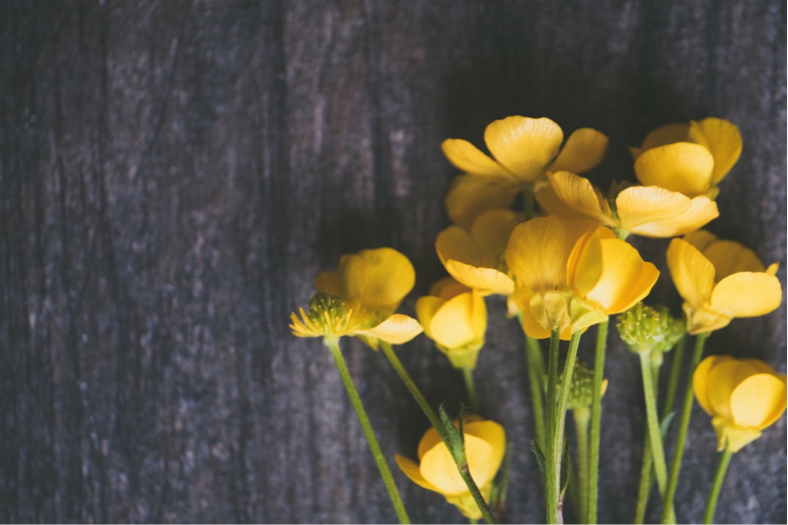
9. Slug and Snail Pellets (Slugs and Snails too, for that matter)
What’s the danger? A perpetual garden pest, snails tend to come out of hibernation in April and the pellets used to control them can be highly toxic. Dogs can also catch lungworm, a potentially fatal disease, by eating slugs and snails, which are carrying the larvae of the parasite.
Prevention: Avoid any products containing a substance called metaldehyde and scatter any pellets you do use sporadically. Also, make sure your dog is up to date with all their worming treatments.
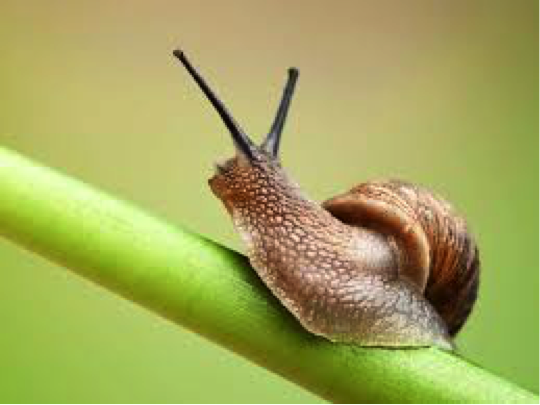
10. Cocoa mulch
What’s the danger? Like chocolate, cocoa-based garden soil dressing contains theobromine which poses a potentially lethal risk.
Prevention: Only use sparingly, if at all, and seek veterinary help if you see your dog eating it.

11. Rhododendrons and Azaleas
What’s the danger? These flowers contain a highly toxic substance called grayanotoxin which can cause nausea, vomiting, difficulty breathing and coma.
Prevention: If you want beautiful plants in your garden, use pet-friendly ornamental flowering shrubs instead, such as: African violets, roses, sunflowers, zinnia, marigolds, hibiscus, snapdragon, aster, daylilies and herbs like sage, thyme, and cilantro.
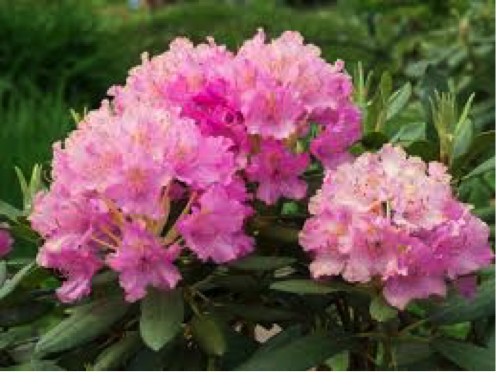
12. Snakes (in particular, Adders)
What’s the danger? Snakes, like Adders, are most likely to bite in spring when they’ve just
come out of hibernation. Their venom is highly dangerous to dogs.
Prevention: Adders are reasonably common in rough, open countryside, so be on your guard. If your dog is bitten by any snake, seek urgent veterinary treatment.
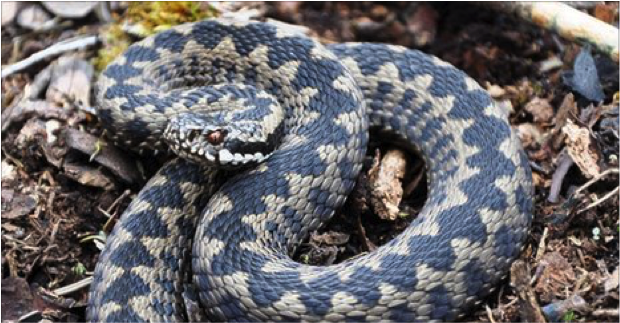
And if you or your pup need some new outdoor gear to get you started, head over to www.longpaws.co.uk to pick up your new kit!


